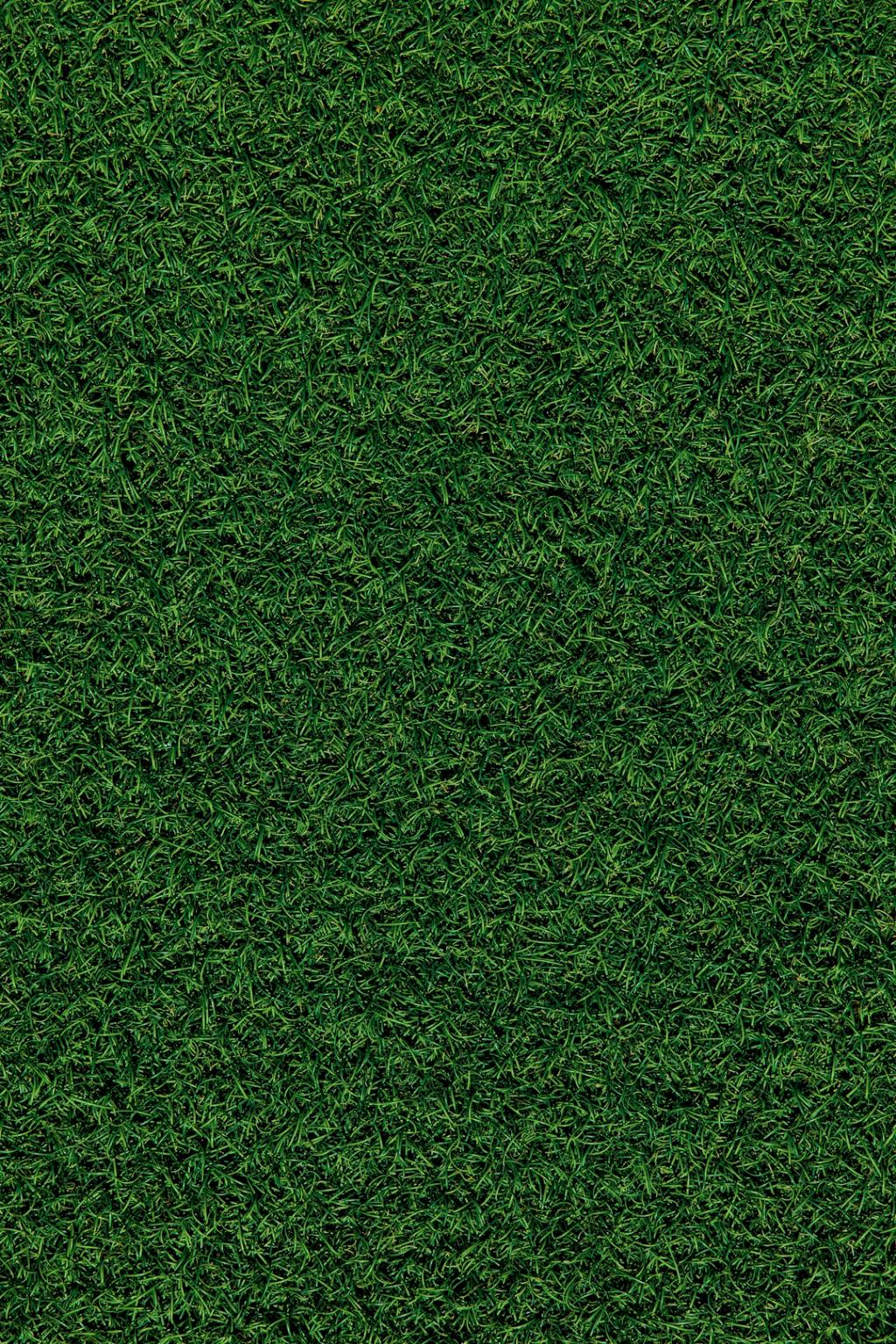If you’ve been pondering the optimal time to fertilize your lawn, you’re in the right place. Proper lawn maintenance encompasses a variety of tasks, with fertilizing being a crucial element to ensure your lawn flourishes. One of the most common questions that homeowners ask is: when is the best time to fertilize a lawn?
Timing is key when it comes to lawn fertilization, as it directly impacts the health and appearance of your grass. Different types of grasses thrive under various conditions, and understanding these distinctions is essential in determining the ideal fertilizing schedule.
For those with cool-season grasses such as Kentucky bluegrass, fescue, or ryegrass, the recommended times for fertilization are typically in the fall and spring. Late September to early November is an opportune period to apply fertilizer, as it helps strengthen the roots and prepare the grass for the upcoming winter months.
Come spring, between late March and early May, cool-season grasses benefit from a second round of fertilization. This application aids in revitalizing the grass after the winter dormancy, promoting lush green growth and overall vigor throughout the warmer months.
Conversely, warm-season grasses like Bermuda grass, Zoysia grass, or St. Augustine grass have distinct fertilization needs. These types of grasses react positively to fertilizer when applied in late spring to early summer, around late March to early May, stimulating growth and root development.
Following the first application, a second round of fertilization for warm-season grasses is recommended between late June and early August. This mid-summer boost provides the necessary nutrients for continued healthy growth and resilience during periods of heat stress.
It’s worth noting that the frequency and amount of fertilizer applied should be tailored to your lawn’s specific requirements. Factors such as soil quality, climate, and grass type play a significant role in determining the precise fertilization regimen that will yield the best results for your lawn.
Additionally, conducting a soil test can provide valuable insight into the nutrient levels present in your lawn, allowing you to customize the fertilization approach to address any deficiencies effectively. Testing the soil pH can also guide you in selecting the appropriate fertilizer type for optimal results.
While adhering to a consistent fertilization schedule is essential for maintaining a healthy lawn, it’s equally important to follow recommended practices to avoid overfertilizing. Excessive fertilization can lead to nutrient runoff, environmental pollution, and potentially harm the grass, disrupting its natural growth cycle.
By understanding the distinct needs of cool-season and warm-season grasses, along with the importance of soil testing and appropriate fertilization practices, you can ensure that your lawn receives the necessary care it deserves. Timely fertilization not only enhances the visual appeal of your lawn but also contributes to its long-term health and vitality.
Remember, healthy grass starts from the ground up, and providing your lawn with the right nutrients at the right time is key to fostering a lush, vibrant green space that you can enjoy year-round.

